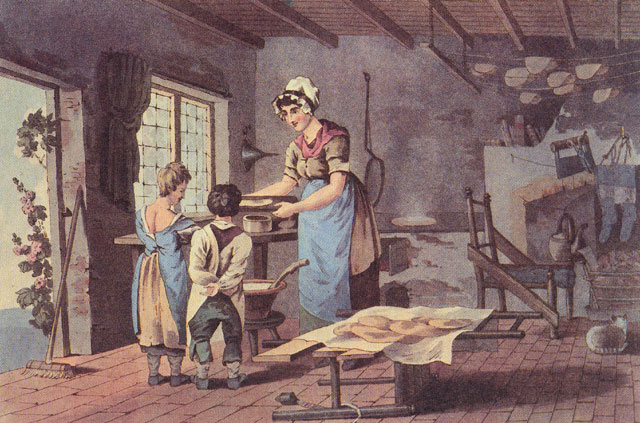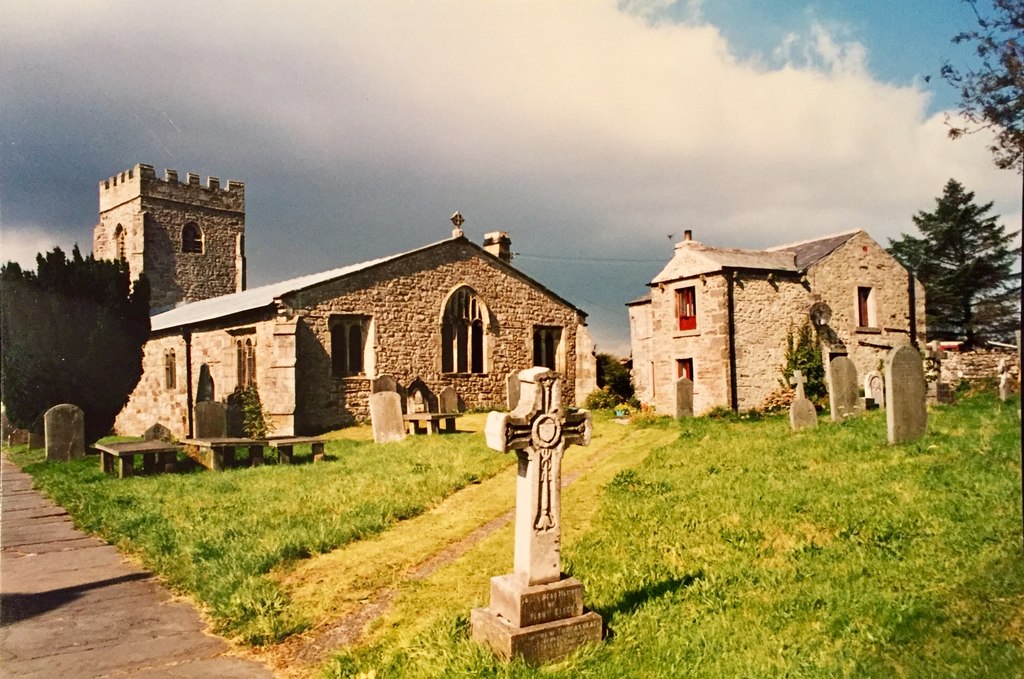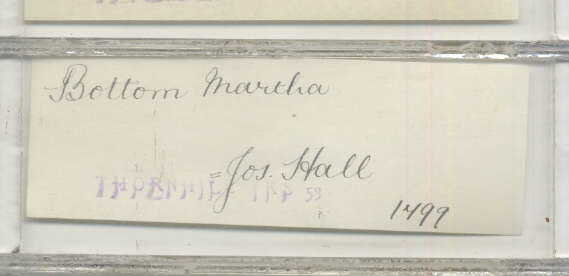
My ancestors’ occupations were that of smallholder farmer, miner, weaver, charwoman, servant and other assorted rural labours. The occasional blacksmith or farmer of a few hundred acres hints at a steady income a step above the labouring poor, but we are not a family with a story of vast wealth. The rural poor leave little documentary trace. The daughters, sisters, wives and mothers, women in other words, don’t always even leave a record of their name. Yet without many of these women I would not exist.
Consequently, instead of using weeks #52ancestors theme of “fortune” as a prompt to tell the story of a fractionally wealthier (male) ancestor, I have taken it as an opportunity to document the lives of three women who were the exact opposite. It is a pleasure to introduce you to three of my maternal ancestors: Nanny Sidgewick, Martha Bottom and Widow Swinden.
Agnes (Nanny) Sidgewick
Litton is a remote village high up in Craven District in North Yorkshire. It’s a beautiful, fertile village which was apparently “notorious in the 18th century for its cockpit, situated between the village and the River Skirfare, where cock fighting and badger baiting took place.” It was here, c. 1773, that Agnes was born, the second child of Leonard Sidgewick & Dorothy Ashworth. Leonard died in 1778 leaving Dorothy to raise their four young children alone.

Agnes was 25 and John Preston, 29, when they married in Litton on 21 April 1798. Together they had five children, my great, great, great grandmother, Isabella, being the youngest. In the children’s baptism records Agnes’s name is listed as Nanny – one of those tiny snippets of detail which has survived the years.
By 1841 Agnes & John were living in Conistone, a village about seven miles downriver from Litton. This one census tells a story of their poverty. Agnes was living in one house in the village, still working, at the age of 68, as a farm servant. John, by then an invalid, was living in a different property with their daughter Isabella and died later that year of “natural decay.”
The last eleven years of Agnes’ life would have been tough. Isabella married and moved away in 1843 and Agnes was left alone. In her seventies, she would have struggled to survive. As Ian H Waller (My ancestor was an agricultural labourer) puts it so succinctly “In any rural community, labourers had to work while they could. Age was no deterrent and there was a not a pension. No work, no pay, no food.”

In 1851 we come across Agnes again living alone in Conistone, with her “rank, profession or occupation” listed simply as “pauper.” She died of consumption, aged almost 80, on 17 February 1852.
Martha Bottom
Moving fifty miles south to Thornhill, near Wakefield we meet Martha Bottom.
Martha’s earlier life is hard to evidence. Later documents (the 1841 & 1851 censuses & her death certificate) suggest she was born c. 1781 but I’ve been unable to trace a baptism record.
In contrast the banns of marriage between Martha & her husband, Joseph Hall, appear to have been recorded twice, the first time on 28 January, 4 February & 11 February 1798 and second time on 27 January, 3 February & 10 February 1799. Possibly there were two sets of Martha Bottoms & Joseph Halls marrying in Thornhill in quick succession. Possibly the banns were duplicated. However, my favourite theory is the inconvenient arrival of a new born right before the wedding was due to take place causing the actual ceremony to be postponed.

Martha & Joseph went on to have eleven legitimate children between 1799 and 1820: that’s a twenty-year span of pregnancy and childbirth…. Rachel, their tenth child born in 1817, was my great, great, great, great grandmother. The family lived in the township of Shitlington with different documents referencing the specific villages of Netherton, Overton and Midgely.
All of Martha & Joseph’s surviving children had left home by the time Joseph died in early 1841. However, the 60 year old Martha’s child rearing days had not ended. Her daughter, Mary, had had four illegitimate children before dying in 1839. Three of those four children (Henry, Emma & Sarah) were living with Martha in Midgely in 1841, with one having also died.

The 1840s would have been tough for an older widow with three small children to support as this extract from a book by Philip Ahier vividly illustrates.
“Conditions in Netherton, as well as elsewhere, during the “Hungry Forties” were very bad for the majority of the workers. Mr John Oldfield, in his “Recollections,” in a few terse sentences paints graphic word-pictures of these times:-
“Our food was nearly all porridge. Ebenezer Parkin made oatbread, and I have often sat by the back stone and eaten the shavings made. In 1845, my father played a whole winter and never earned a penny. When I was getting 4/6 weekly at Lord’s Mill, flour was 4/6 to 5/10 a stone, and I was nearly clammed to death. I used to take a meal dumpling for dinner and to eat it at breakfast time, and then walk and clam til I got home at night, when I had porridge. I have pined many a score of days after eating my dinner at breakfast time, and then having had to wait till night.””
Martha is still living in Midgely in 1851, at this point on her own, described as a pauper although several of her children were living in Midgely or nearby villages. She died aged 74 of apoplexy (or stroke) on 27 February 1855.
Widow Swinden
The evidence of my 7th great grandmother’s existence is slim and mostly circumstantial. Yet exist she must, less I wouldn’t.
Joseph Swinden married Ann Green on 27 December 1744 in St Michaels & All Angels church, Thornhill, Yorkshire. The following year, an Ann, wife of Joseph Swinden, was buried in the same church. Joseph went on to have had seven children baptised in the same church between 1748 and 1764, the eldest, Ann, being the mother of Martha Bottom described above. There is no evidence of a second marriage. Equally there is no evidence of any other Swindens whose wives could have died in Thornhill at the time and Joseph had to have had those seven children with someone. This leads me to believe that it was indeed Ann Green who died in 1745 and that at some point before 1748 Joseph married my 7th great grandmother, and, together with Joseph, had at least seven children.
In the baptism records, Joseph was described as being from Thornhill Edge. Joseph was buried on 14 May 1768, again at Thornhill, with his burial record describing him as “of the Lees, pauper” so we can assume this is also where my 7th great grandmother lived for the majority if not all of her life.
Finally, we come to the end of her life and the sole documentary evidence of my 7th great grandmother, a burial record from Thornhill in 1771 reading simply “Wid Swinden buried” – it’s not even possible to decipher the month in the copy of the record. Even in death she exists only in relation to another, her husband.

I’ve written this blog to give life to Widow Swinden, Martha and Agnes. I’ll never know what they looked like, what made them laugh or cry, whether they loved their husbands or merely tolerated them. Yet I do know that they were all daughters, wives, mothers and grandmothers and that in itself is worth celebrating.
Later note: I shared Wid Swinden’s story on a podcast which then inspired a poem.
With much gratitude to Agnes Sidgewick, Martha Bottom and Widow Swinden without whom I wouldn’t exist. Thanks also wharefegen.info for their incredible research into Wharfedale families and to Amy Johnson Crow whose 52 ancestors in 52 weeks challenge encouraged me to publish this series of stories.
